Salmon Roe is a favorite bait for kings, coho, chum salmon and steelhead. No one is quite sure why they bite it, but the fact is that they do.
One of the great things about this bait is that it is self renewing – each salmon you catch has the potential to refill your bait box.
However the roe has to be properly cared for and cured to maximize its fish catching potential.
The Beginning
Having good roe all starts when you catch the fish. It is important to bleed the fish out. Not only does this improve the meat, but it will also get blood from out of the skeins of eggs.
Next when you clean the fish be careful not to stick your knife in the skeins. Be gentle when removing the skeins and put them immediately in a bag reserved for eggs. Getting the roe in contact with fish slime or water.
Prepare for Curing
When you get home the next step is to prepare the skeins for curing.
Start by laying out the skeins on some paper towels, and patting them down to remove any blood or juices on them.
Next look for the blood vessel that runs along the skein. Often this has a little blood in it.
With a knife or scissors gently push the blood down the vessel to a convenient spot. Then cut the vessel and push the blood out. Soak up the blood by patting that area with a paper towel.
Then butterfly the skein – using scissors or knife if needed – so that you have access to the eggs directly without that membrane getting them in the way. Keep the membrane attached, as it will come in handy later when fishing. I then set them back on the paper towels.
Curing Roe
There are dozens of recipes to cure roe. Until you have a favorite, I suggest using one of the commercial cures. I’m partial to Pautzke Fire Cure – in red.
Whatever cure you use, make sure to read and follow the instructions, but all follow this general pattern.
Because of the dyes in the cure it is a good thing to wear disposable gloves and do it in a place easily cleaned up. A layer of paper towels or newspaper can help make cleaup easy.
The gloves are also generally a good idea when handling the roe as it help limit getting foreign scents in your bait.
Now get a container to cure the roe in. I usually use a gallon zip lock bag, but things like mason jars work too.
One by one lay the skeins inside the container – eggs facing up. After each later generously sprinkle the cure on top. Eventually your container should look like this:
Close the container and let it sit a room temperature for 30-60 minutes. Pretty soon it will start looking like this:
Roll the container around a little to help ensure even coverage.
Then put the container in the refrigerator. Over the next few days the cure will cause the liquid in the eggs to come out, then eventually be reabsorbed.
During this period you’ll need to occasionally roll and flip over the container. This ensures that the liquid is getting evenly distributed. The exact schedule is on the cure bottle. I usually flip it once in the morning and once in the evening.
At then end of the process it looks like this:
Processing Cured Roe
After the curing process is done you need to store the cured eggs.
I start by laying out some paper towels and then putting the cured skeins on it. Then I allow them to dry for about an hour.
I then separate them into fishing trip sized amounts. Depending on the skein size this may be part of a single skein or multiple skeins.
I then vacuum pack them. When done I put them in the freezer.
A day or 2 before fishing I take out as many packs as I need and let them defrost in the freezer. Because I’ve frozen them in smaller packages, at the end of the day I can throw away what is left and not have to worry if the bait is still good for the next trip.
For more information about preparing bait for fishing, please check out the tackle page.

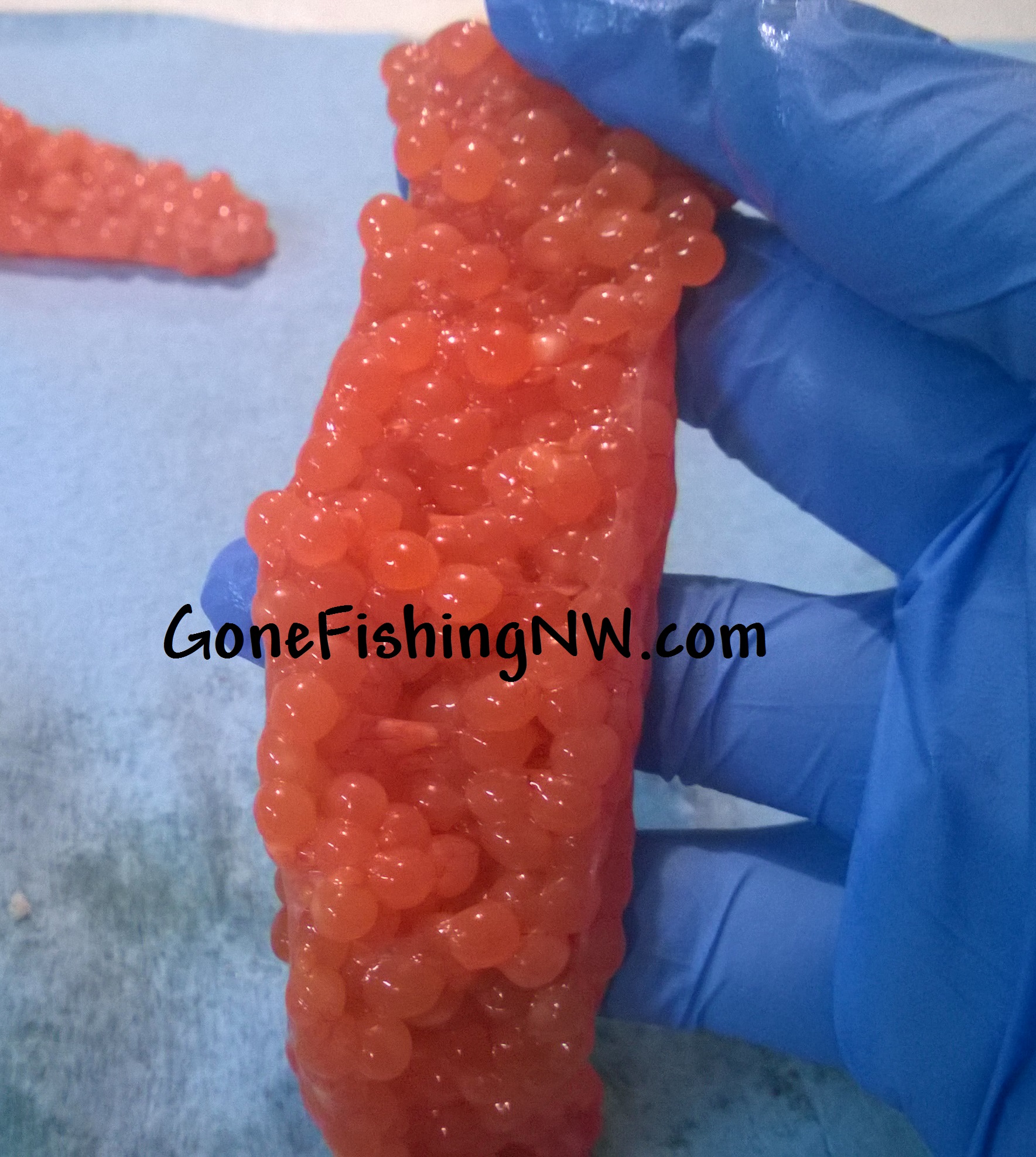
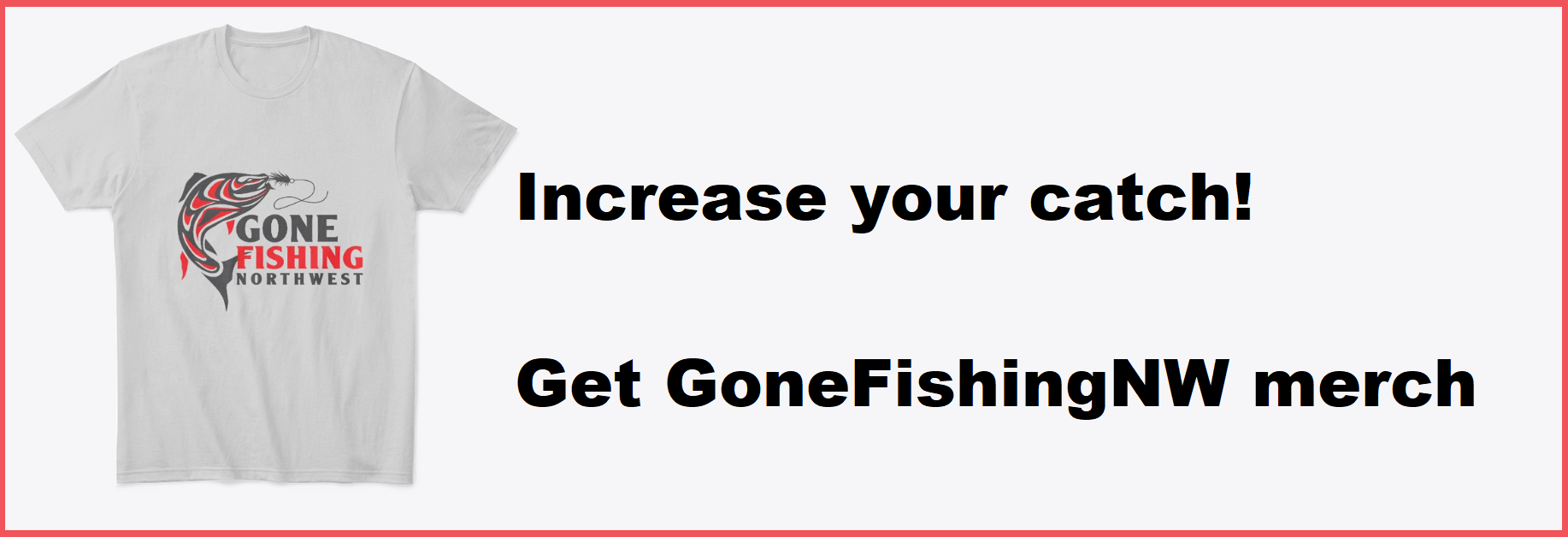

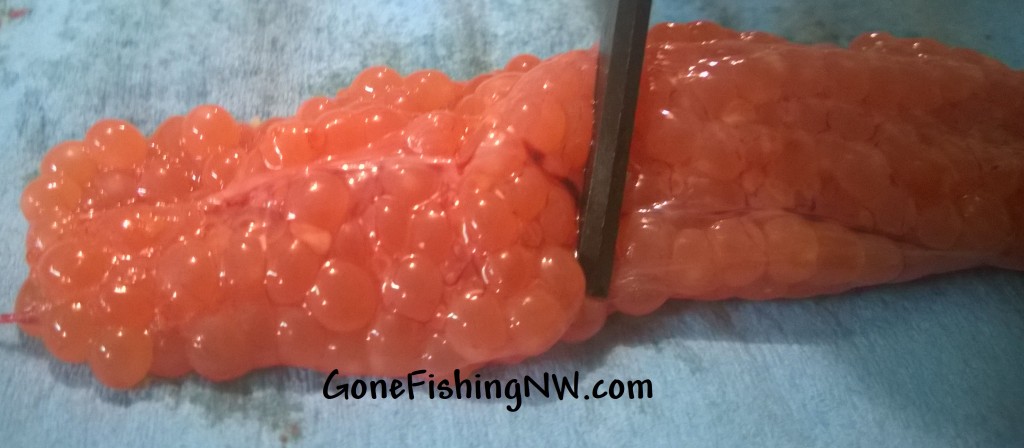
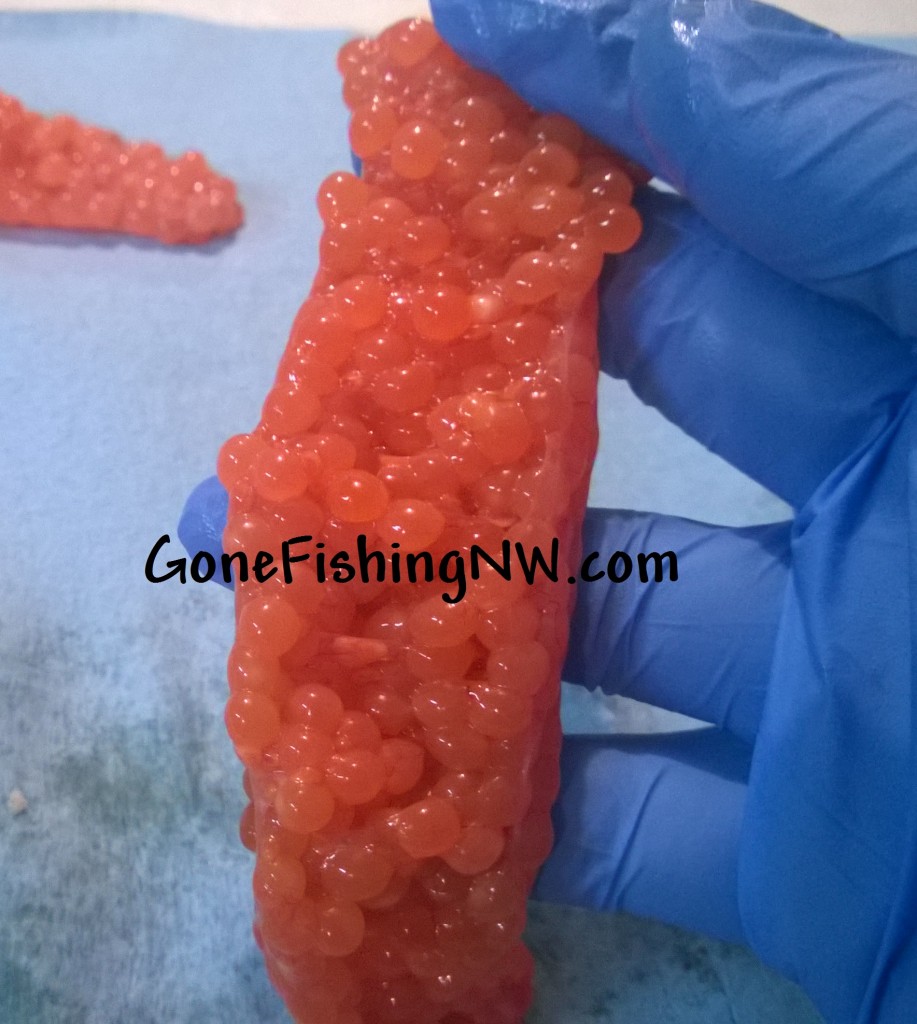

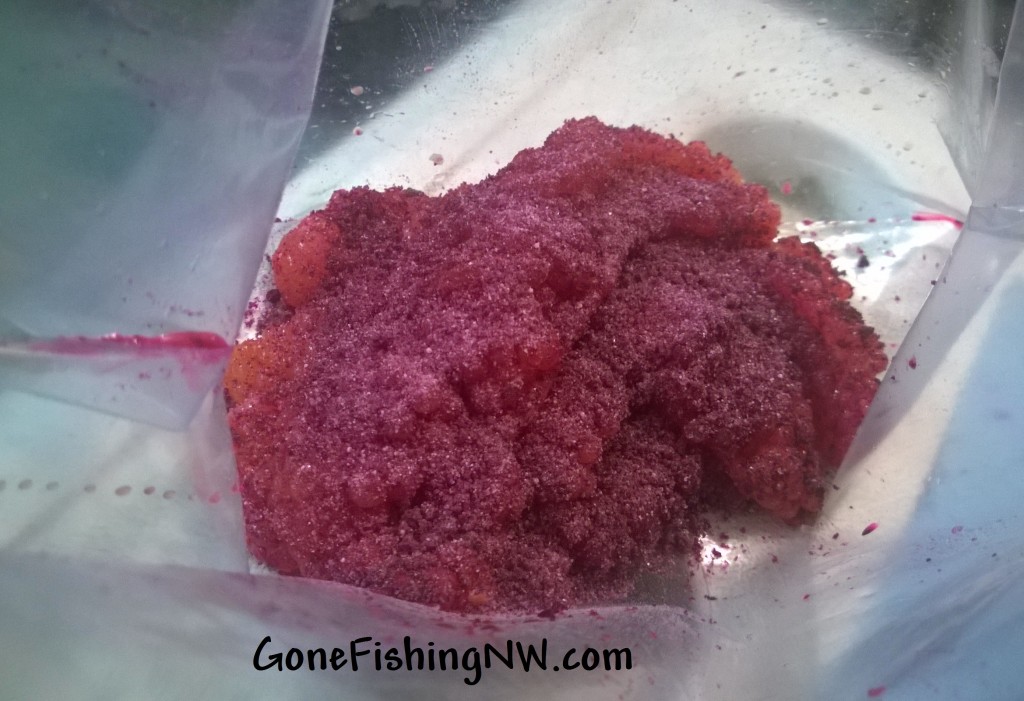
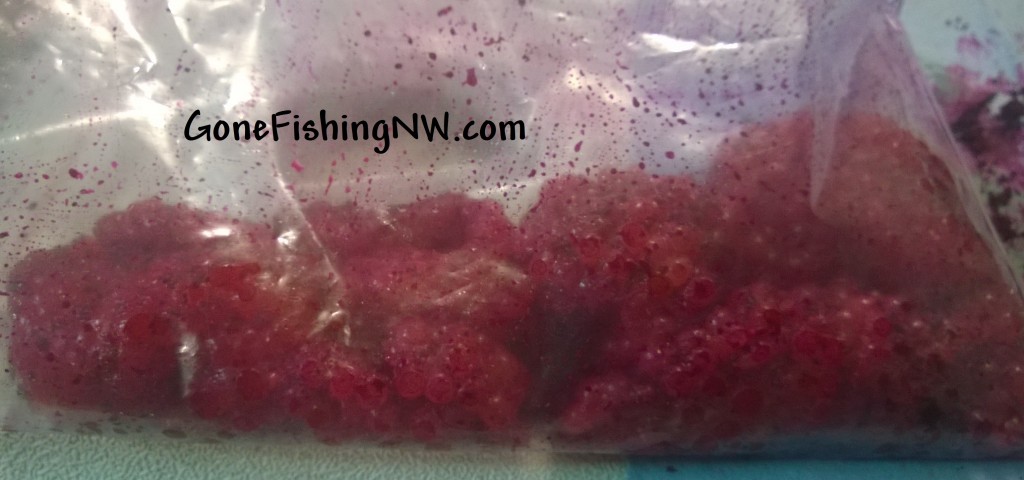
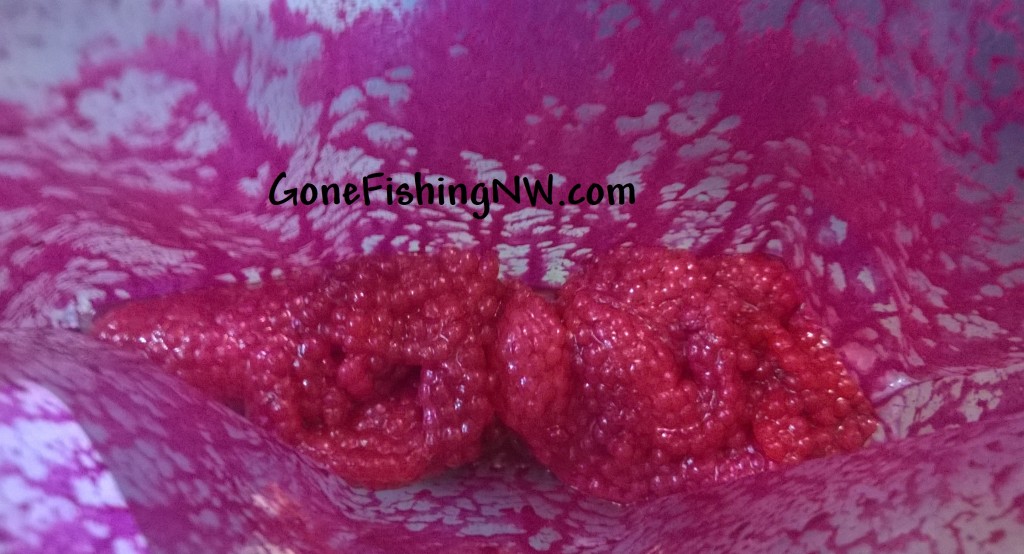
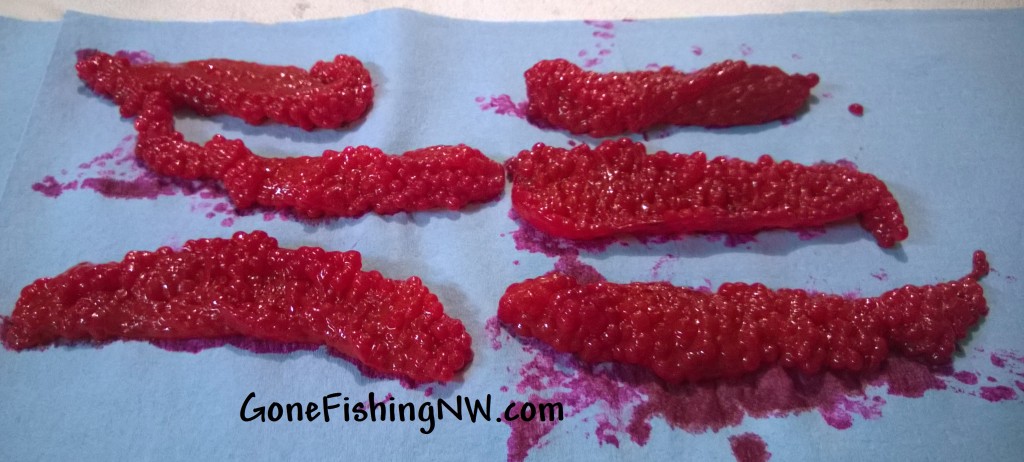
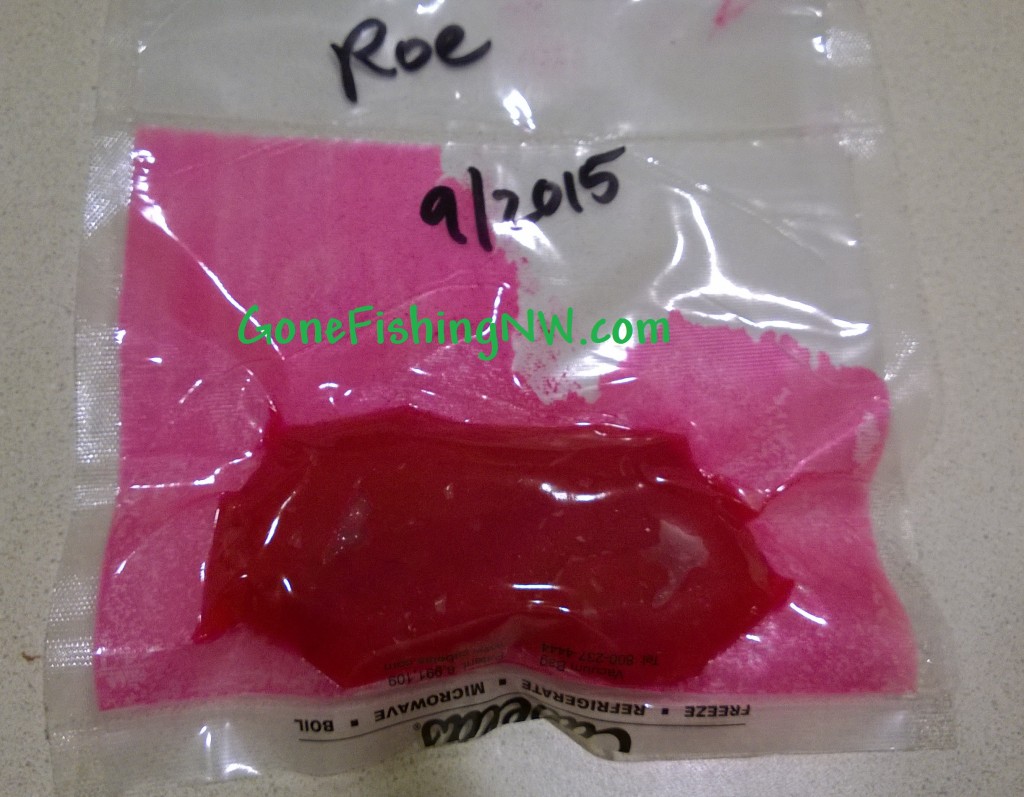
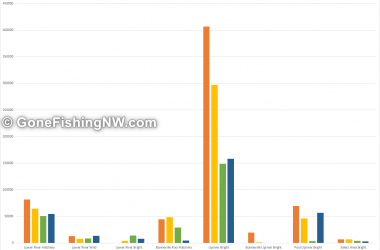
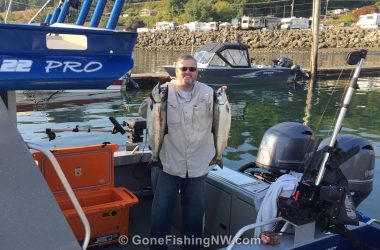
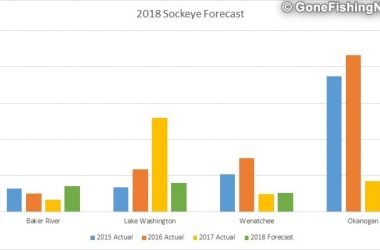
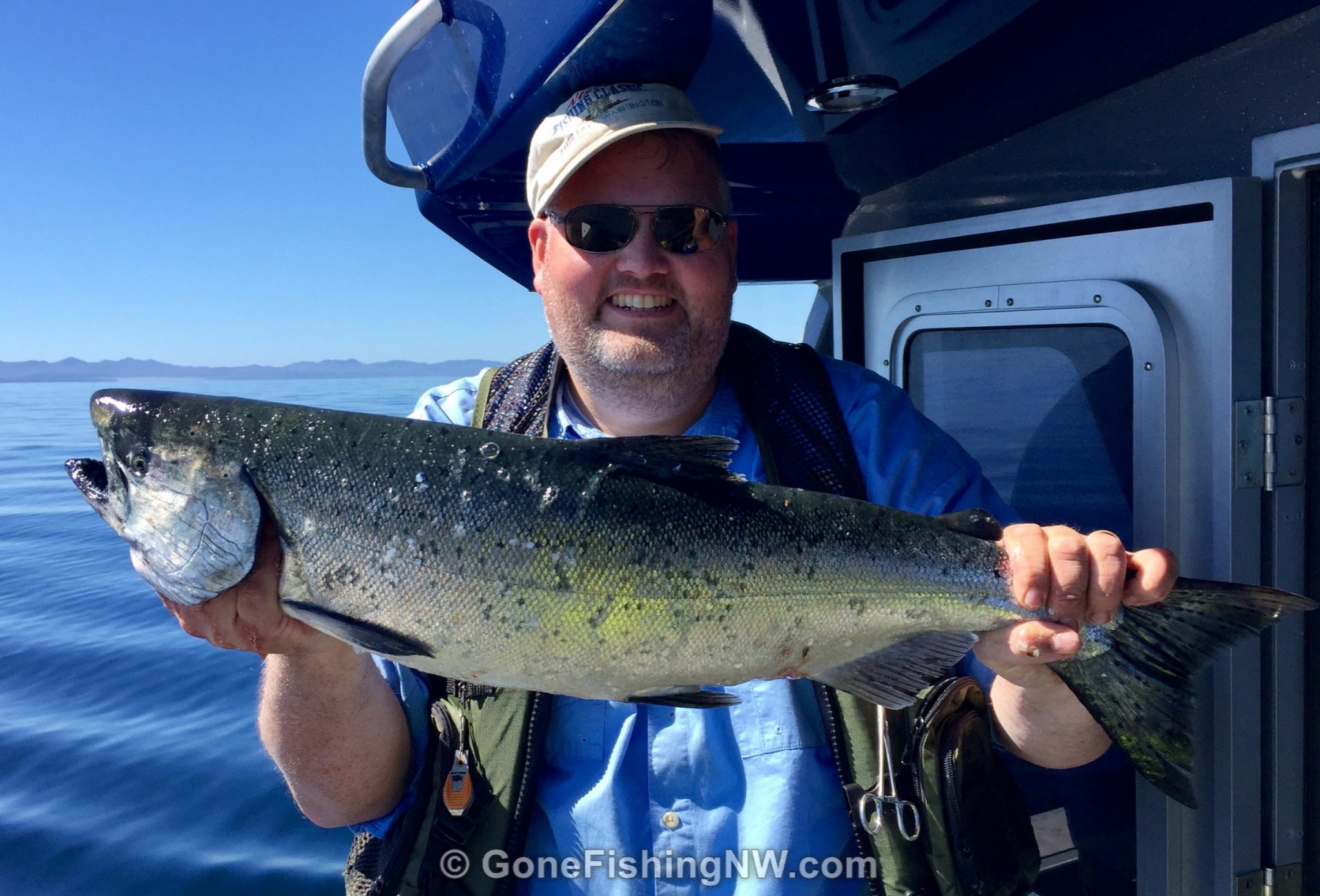
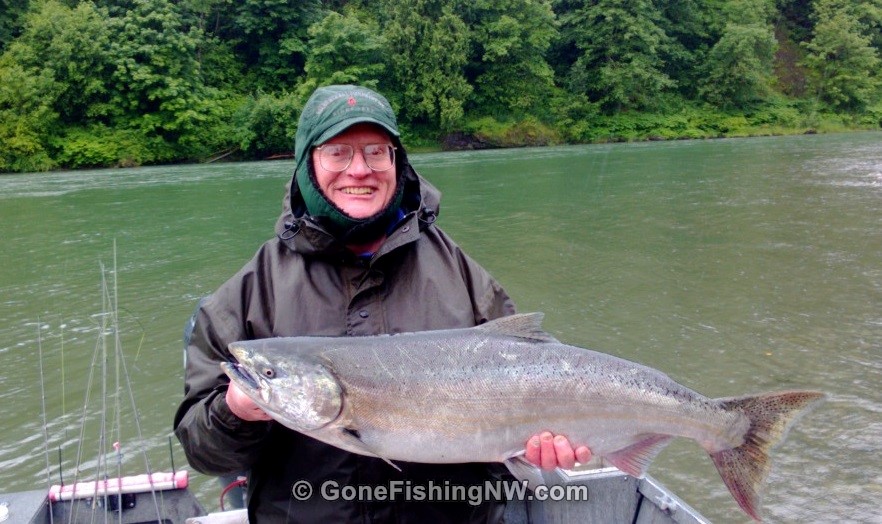
Comments are closed.